Beef stew is one of those hearty classics that never fails to bring warmth to the table. With its rich broth, tender beef chunks, and comforting vegetables, it’s a meal that satisfies both the soul and the appetite. In this guide, we’ll show you exactly how to make the best ever beef stew that’s rich, wholesome, and ridiculously good without any complicated steps. You’ll also discover how to tweak it to suit your taste, get answers to common cooking questions, and enjoy a story or two along the way. Let’s dig into what makes this dish truly special.
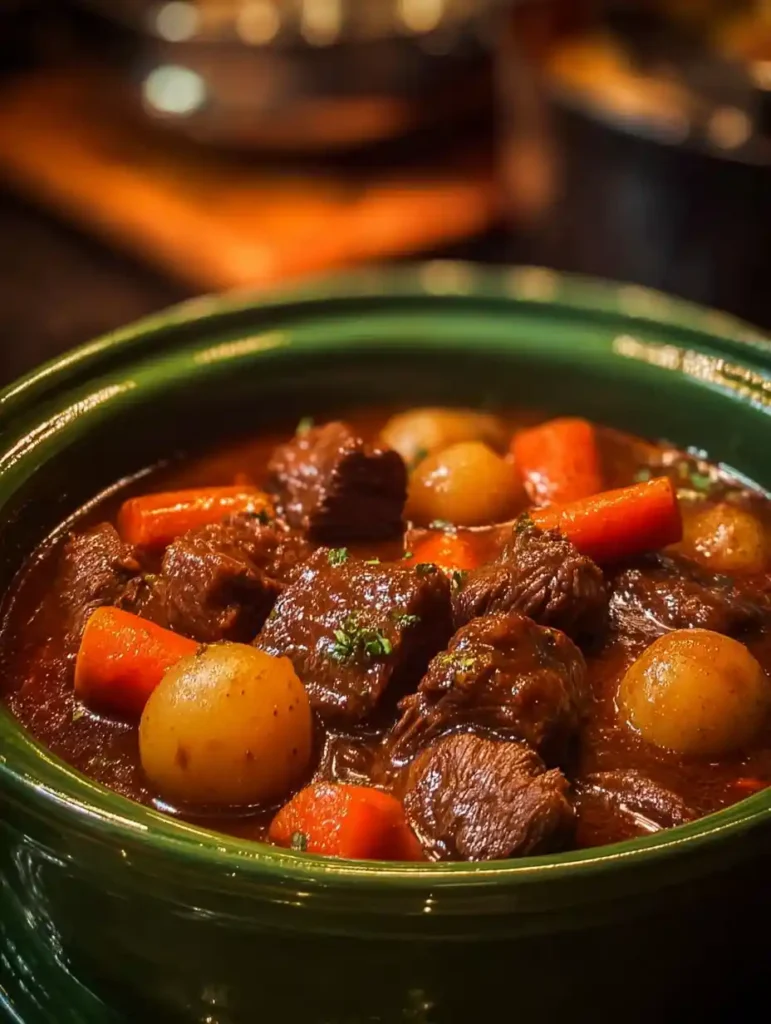
The Story Behind the Best Ever Beef Stew
A Winter Memory Served Warm
The first time I truly understood the magic of beef stew, I was twelve, and a snowstorm had buried our little Midwestern neighborhood under nearly two feet of powder. Power was out. My mom lit candles, bundled us in wool, and pulled out the big Dutch oven. That night, she made what would later become my version of the best ever beef stew. The scent filled our home rich beef, soft garlic, and sweet onions dancing together in a deep, savory broth. We huddled close, not just for warmth, but because that stew turned the coldest night into something comforting, something unforgettable.
That moment stayed with me. Now, every time I make beef stew, I don’t just cook I recreate that memory. It’s more than a recipe. It’s a feeling, a ritual, and, honestly, a kind of therapy. That’s the magic of the best ever beef stew. It turns ordinary ingredients into something deeply personal and surprisingly powerful.
Over the years, I’ve tweaked that recipe not out of necessity, but curiosity. I learned how the right cut of beef changes everything. I discovered the joy of slow simmering. I played with seasoning ratios until I landed on something bold but balanced. The kind of stew that wraps you up from the inside out.
Why This Stew Stands Out
What makes this version the best ever beef stew isn’t just the depth of flavor it’s the way it respects tradition while embracing smart, subtle upgrades. It’s deeply rooted in American comfort food but nudged with hints of Nordic influence: thyme and rosemary take center stage; Worcestershire gives it a savory edge without overpowering.
There’s no wine, no bacon on purpose. This stew honors dietary choices without sacrificing richness. It’s robust, nourishing, and totally satisfying. Every spoonful delivers tender beef, perfectly cooked vegetables, and a broth that tastes like it’s been simmering all day even if it hasn’t. It’s the kind of meal you remember, long after the bowl’s empty.
Building the Flavors from Scratch
Choosing the Right Cut of Beef
When it comes to crafting the best ever beef stew, it all starts with the cut. Not all beef is created equal, and for stew, choosing the wrong one can leave you with dry, tough meat that ruins the whole experience. The secret? Beef chuck. It’s well-marbled with fat and connective tissue that melts into the stew as it cooks. That’s where the magic happens the kind of rich, tender bites that practically fall apart with your fork.
Other options can work too brisket or bottom round are decent runners-up if chuck isn’t available but they’ll require slightly longer cook times and more attention. Stew meat sold pre-cut at the store might seem convenient, but it’s often a mix of trimmings, and you never quite know what you’re getting. Starting with a whole piece of beef chuck and cutting it yourself guarantees quality and uniformity in each bite.
This simple choice has a huge impact on texture and flavor, and it’s the foundation of what sets apart a good stew from the best ever beef stew.
Layering Flavors Like a Pro
Once your beef is cubed and ready, the next step is where the deep flavor starts to build browning. Don’t rush this. When you sear the beef in a bit of olive oil until each side forms a beautiful golden crust, you’re not just cooking meat. You’re unlocking rich, meaty flavor that no broth alone can create. It’s the base of your stew’s entire personality.
After removing the beef, use those flavorful browned bits left in the pot as your launching point. Add onions and garlic, letting them soften and pick up all that goodness. Then stir in the tomato paste just a couple spoonfuls and let it cook for a minute or two to develop its sweetness.
Each layer builds on the last. By the time you add the broth and seasonings, you’ve already built a flavor base that’s robust, balanced, and deeply satisfying. That’s what gives the best ever beef stew its signature depth without needing extras like wine or bacon. Just real ingredients treated the right way.
Cooking Techniques That Guarantee Tenderness
Slow Simmering Secrets
The magic behind the best ever beef stew doesn’t come from fancy gadgets or complicated methods it’s all about patience. Once everything’s in the pot, from your perfectly seared beef to the carrots and potatoes, you bring the stew to a gentle boil, then turn the heat down low and let it simmer. And here’s the key: don’t rush it.
Low and slow cooking allows the collagen in the beef to break down gradually, transforming those firm cubes into tender, melt-in-your-mouth morsels. This process usually takes about two hours. That might sound like a long time, but trust me it’s what gives the broth its body and the beef its luxurious, satisfying texture.
And while you wait, you’re not just cooking. You’re letting flavors marry, deepen, and evolve. The herbs thyme, rosemary, bay leaf have time to infuse the broth without overpowering. The vegetables soften just enough to absorb the savory juices but still hold their shape. Everything reaches this beautiful harmony, and the result is a stew that tastes like it took all day to make.
Thickening Without Compromising Flavor
Texture is just as important as taste. A watery stew never feels satisfying. That’s why, toward the end of the simmer, it’s time to thicken things up if you need to.
You’ve got options. One easy way is to scoop out a small ladle of broth, mix it with a few tablespoons of flour in a separate bowl until smooth, then stir it back into the pot. This method keeps the flavor intact while adding a silky body to the stew. Let it simmer uncovered for another 15 to 20 minutes so it thickens naturally.
Prefer a gluten-free option? Potato starch works well too and won’t alter the taste. Just make sure to cook it long enough after thickening to remove any raw flour flavor.
Getting this part right is the final step in creating the ultimate texture the kind that clings gently to your spoon and makes every bite feel substantial. It’s this balance of richness and tenderness that truly defines the best ever beef stew.
Serving, Storing, and Reheating Tips
How to Serve Stew for Maximum Enjoyment
When it comes time to serve the best ever beef stew, presentation might not seem like a priority but don’t underestimate the power of pairing. The right sides and garnishes turn a great stew into a full, satisfying meal.
Start with something hearty to soak up that rich broth. Crusty artisan bread is a timeless choice. Prefer something warmer? Buttery mashed potatoes or even fluffy white rice provide a perfect base. You can also spoon the stew over egg noodles for a rustic, filling plate that feels like it came straight from a farmhouse table.
A sprinkle of fresh parsley or a crack of black pepper right before serving adds color and brightness. If you’re looking to stretch the meal, consider serving it alongside a simple green salad or roasted seasonal vegetables. The contrast balances the richness of the stew while making the meal feel fresh and complete.
And don’t forget the bowl itself something deep and wide keeps the heat in and makes every serving feel generous and cozy.
Storing and Reheating Without Losing Texture
If you’re lucky enough to have leftovers, the best ever beef stew only gets better with time. Like chili or lasagna, stew continues to develop flavor overnight, making it even richer the next day.
To store it properly, let the stew cool completely before transferring it to an airtight container. It’ll keep well in the fridge for up to 4 days. If you’re planning to keep it longer, freezing is a great option just skip the potatoes, as they can become grainy once thawed. You can add fresh ones when reheating instead.
When reheating, avoid using high heat. Go slow and low just like when you cooked it. Use a saucepan over medium-low heat, stirring occasionally until it’s heated through. If it thickened too much in the fridge, add a splash of broth or water to loosen it up without diluting the flavor.
This makes the stew perfect for meal prepping or enjoying in cozy servings throughout the week. One batch goes a long way, and every spoonful is just as satisfying as the first.
PrintBest Ever Beef Stew Recipe for Tender Flavorful Comfort
A rich, hearty, and deeply satisfying beef stew made with tender chuck roast, classic vegetables, and a broth full of robust flavor. Perfect for chilly nights or cozy weekends.
- Prep Time: 20 minutes
- Cook Time: 2 hours
- Total Time: 2 hours 20 minutes
- Yield: 6 servings
- Category: Dinner, Stew
- Method: Stovetop, Simmered
- Cuisine: American Comfort
Ingredients
2 lbs beef chuck, cut into 1-inch cubes
3 tablespoons olive oil
4 cups beef broth
2 cups carrots, sliced
2 cups potatoes, diced
1 cup onion, chopped
3 cloves garlic, minced
2 tablespoons tomato paste
2 teaspoons dried thyme
1 teaspoon dried rosemary
2 bay leaves
1 tablespoon Worcestershire sauce
Salt and pepper, to taste
3 tablespoons all-purpose flour (optional, for thickening)
Instructions
1. Heat olive oil in a large pot over medium-high heat. Add the beef and sear until browned on all sides, about 5–7 minutes.
2. Remove the beef and set aside. In the same pot, sauté the onions and garlic for about 3 minutes until fragrant and translucent.
3. Stir in tomato paste and cook for another minute to deepen the flavor.
4. Return the browned beef to the pot. Add beef broth, carrots, potatoes, thyme, rosemary, bay leaves, Worcestershire sauce, salt, and pepper.
5. Bring to a gentle boil, then reduce the heat. Cover and simmer for 2 hours, stirring occasionally.
6. Check for tenderness. If desired, mix flour with a bit of broth, then stir it in to thicken the stew. Simmer uncovered for 15–20 more minutes.
7. Remove bay leaves. Taste and adjust seasoning if needed. Serve hot and enjoy!
Notes
Use beef chuck for best results its fat content makes the stew rich and flavorful.
For gluten-free thickening, substitute potato starch or arrowroot flour.
Leftovers taste even better the next day!
Nutrition
- Serving Size: 1 generous bowl
- Calories: 450
- Sugar: 4g
- Sodium: 870mg
- Fat: 22g
- Saturated Fat: 8g
- Unsaturated Fat: 12g
- Trans Fat: 0g
- Carbohydrates: 30g
- Fiber: 4g
- Protein: 36g
- Cholesterol: 95mg
FAQs
What is the best beef to use for a tender stew?
The top choice is beef chuck. It has the perfect balance of fat and connective tissue, which breaks down during slow cooking and results in melt-in-your-mouth tenderness. Brisket and bottom round are decent alternatives, but they may need longer cooking to reach the same level of softness.
Should I brown the meat first?
Absolutely. Browning the beef before simmering creates a deeper, more layered flavor. Those caramelized bits left behind in the pan (fond) add richness to the stew base once deglazed with broth or sautéed with onions and garlic.
How do you get that really rich flavor in the broth?
It’s all about layering. Browning the beef, sautéing aromatic vegetables, adding tomato paste, and using herbs like thyme and rosemary all contribute to a full-bodied, savory broth. Simmering low and slow for at least two hours allows the flavors to blend beautifully.
Can I make beef stew in a slow cooker or pressure cooker?
Yes! For the slow cooker, brown the beef and sauté the aromatics first, then transfer everything into the cooker and set on low for 7–8 hours. For a pressure cooker, the stew can be ready in about 40–45 minutes. Both methods work well, but the flavor and texture are richest with traditional stovetop simmering.
Why This Stew Stays in Your Recipe Box
There’s a reason this is called the best ever beef stew it’s simple, deeply flavorful, and built on techniques that respect both tradition and taste. Every step, from browning the meat to slow-simmering the broth, contributes to a dish that feels comforting yet elevated. It’s not just about feeding people it’s about creating a meal they’ll remember.
So the next time the weather turns chilly or you just need a soul-warming dinner, reach for this recipe. Let it simmer gently in your kitchen, filling your home with that familiar, savory aroma. And when it’s time to serve, you’ll know you’ve made something special.
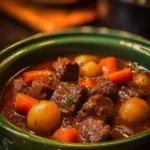







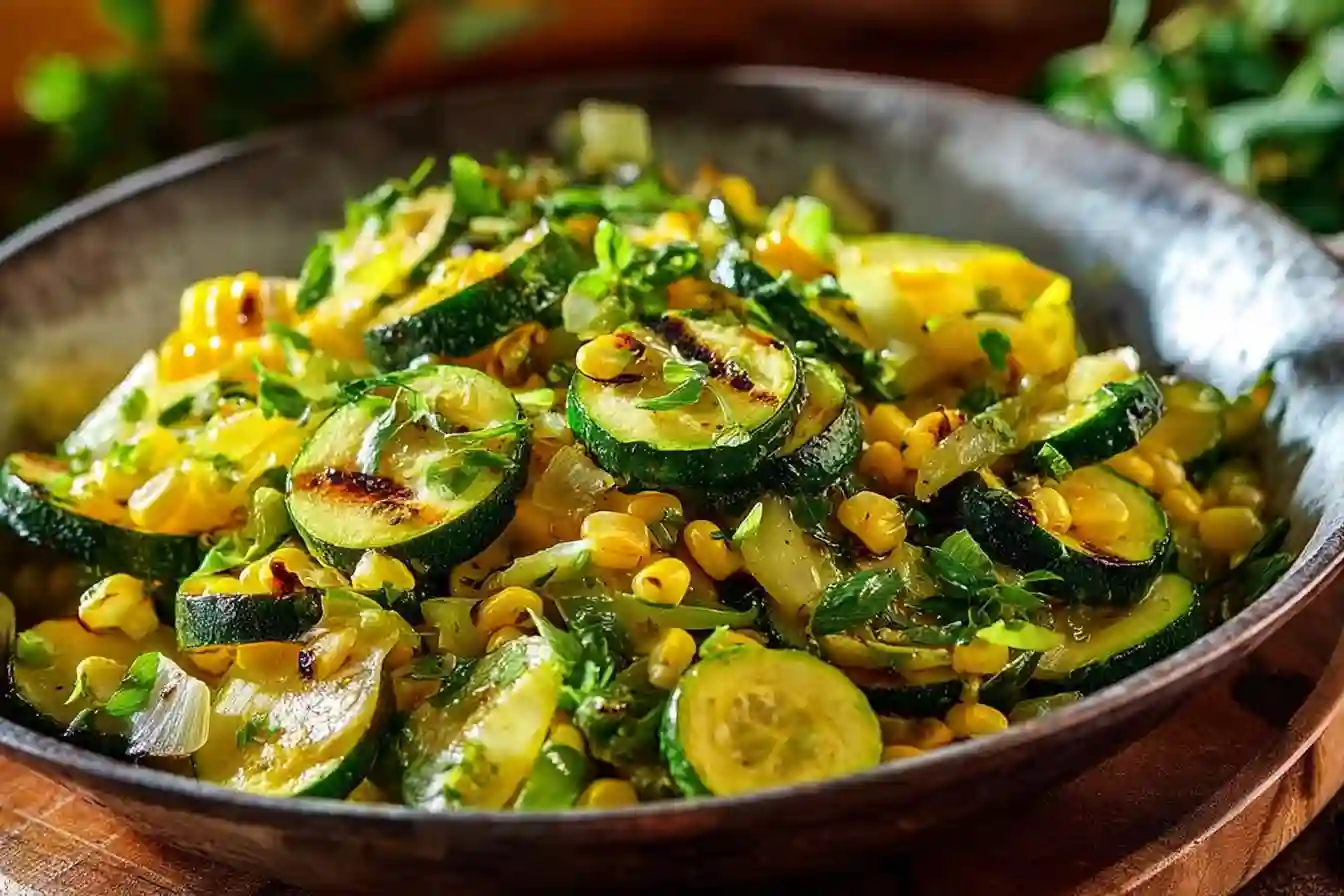
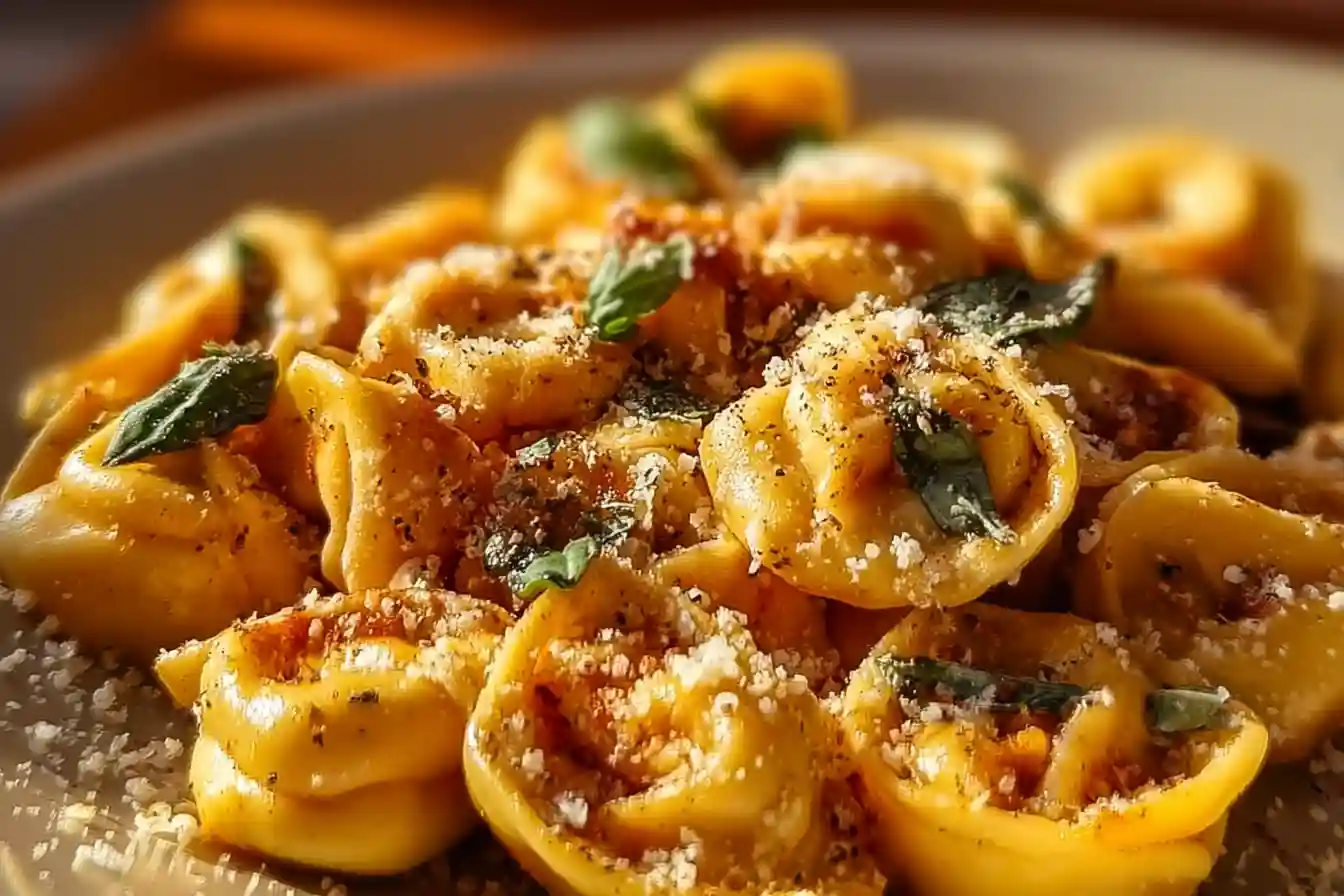
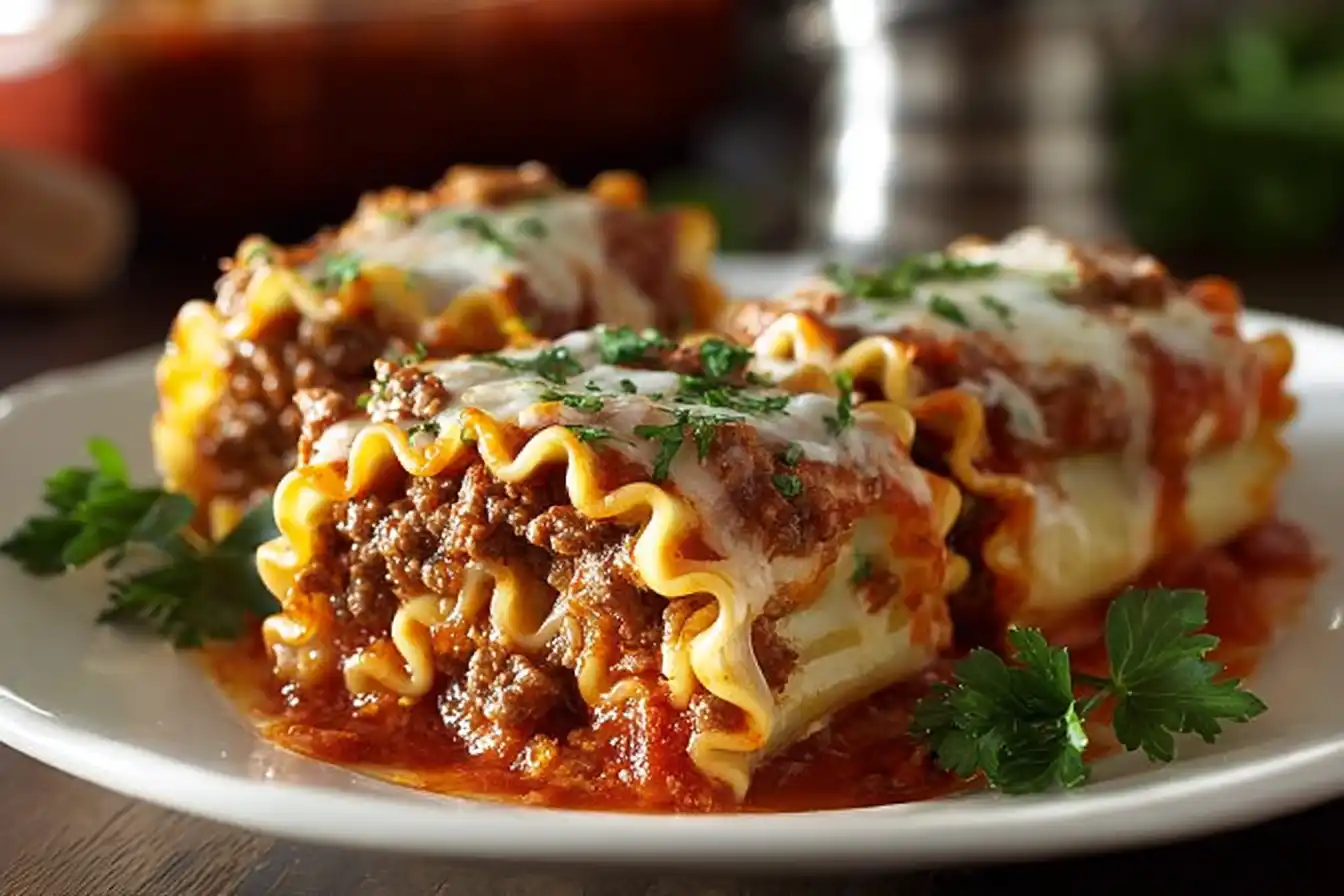
Leave a Reply